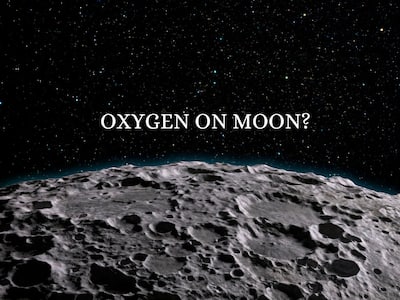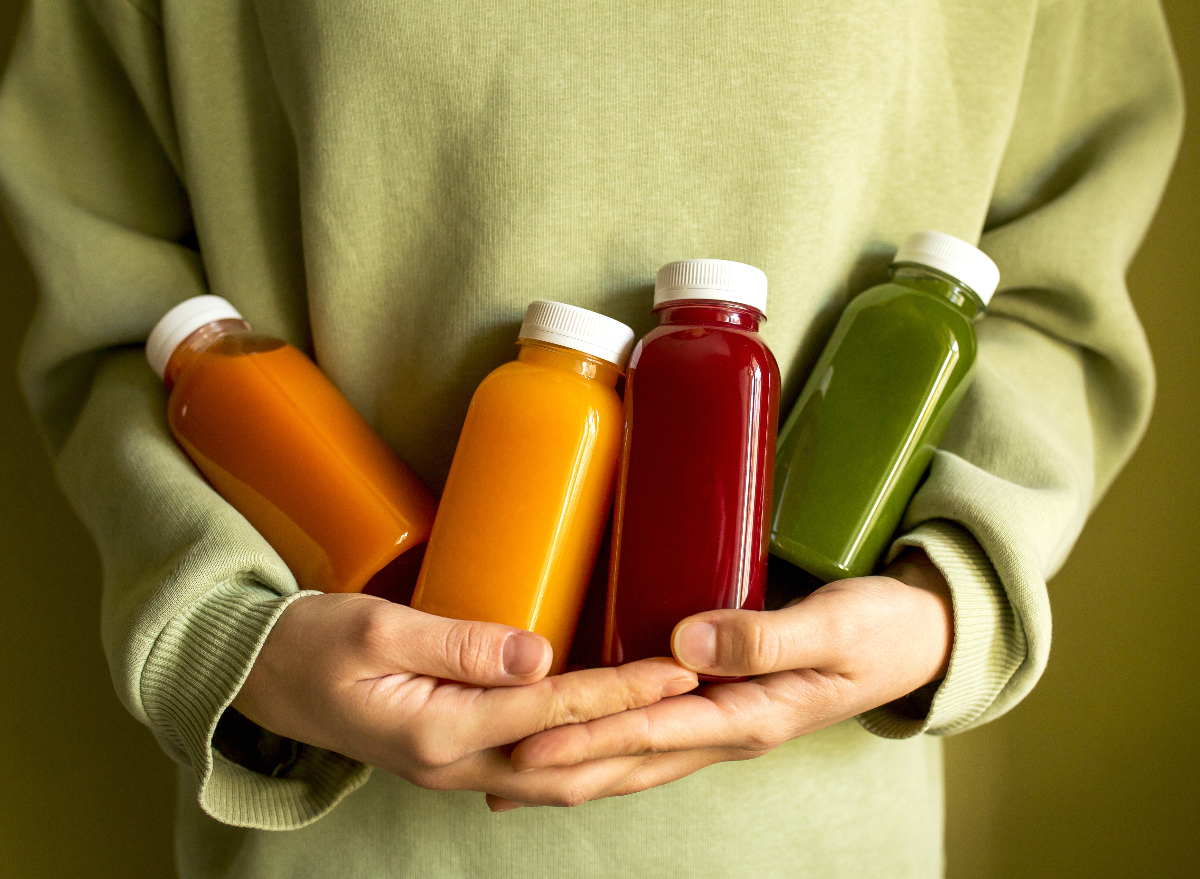
ISRO said the rover’s spectroscope also detected Aluminium, Calcium, Ferrous (Iron), Chromium, Titanium, Manganese, Silicon and Oxygen as expected.
Chandrayaan-3’s Laser-Induced Breakdown Spectroscopy on the Pragyan rover, using the first-ever in-situ measurements, confirmed the presence of oxygen in the lunar surface near the south pole, according to the Indian Space Research Organisation (ISRO) on Tuesday. “Preliminary analyses, graphically represented, have unveiled the presence of Aluminum (Al), Sulphur (S), Calcium (Ca), Iron (Fe), Chromium (Cr), and Titanium (Ti) on the lunar surface. Further measurements have revealed the presence of manganese (Mn), silicon (Si), and oxygen (O). Thorough investigation regarding the presence of Hydrogen is underway”, ISRO said in its statement.
Chandrayaan-3 Mission:In-situ scientific experiments continue …..
Laser-Induced Breakdown Spectroscope (LIBS) instrument onboard the Rover unambiguously confirms the presence of Sulphur (S) in the lunar surface near the south pole, through first-ever in-situ measurements. pic.twitter.com/vDQmByWcSL ISRO (@isro) August 29, 2023
In this article, we take a closer look at what the presence of oxygen on the moon means to scientists, and how this can be a sign of human being able to reach the moon in the future.
What Is The Importance of Oxygen For Living Organisms?
At the elemental level, oxygen is a colourless, odourless, and tasteless gas that exists at room temperature. The name O2 comes from the joining of two oxygen atoms to create a single oxygen molecule.
The most significant use of oxygen in animals is breathing, and in humans, our respiratory and circulatory systems transport oxygen to our cells and organs. This entire process of oxygen transportation to various parts of the body, helps the organs to perform/function and let the body survive.
Why is oxygen important?
The body requires oxygen to ‘burn’ food molecules, making it crucial for respiration. When an animal breathes in, they absorb oxygen, and when they exhale, they release carbon dioxide.
READ RELATED: 6 Dangerous Side Effects of Eating Fast Food Every Day
Nearly 21% of the total gases in air are oxygen, with the majority of the other gases being physiologically inert nitrogen. A person’s breath comprises roughly 16% oxygen even though we inhale 21% of it.
Accordingly, the amount of oxygen that is taken in by the human body is only used for about a quarter of the time, leaving plenty for rescue breaths. Rescue breathing is effective because it can give a patient who isn’t breathing enough oxygen to sustain life.
For breaking news and live news updates, like us on Facebook or follow us on Twitter and Instagram. Read more on the Latest Science and Health News on TheHealthSite.com.
Total Wellness is now just a click away.
Follow us on
Don’t Miss Out on the Latest Updates.
Subscribe to Our Newsletter Today!
window.addEventListener(‘load’, (event) => {
$(‘#commentbtn’).on(“click”,function(){
(function(d, s, id) { var js, fjs = d.getElementsByTagName(s)[0]; if (d.getElementById(id)) return; js = d.createElement(s); js.id = id; js.src = “//connect.facebook.net/en_US/sdk.js#xfbml=1&version=v2.3”; fjs.parentNode.insertBefore(js, fjs);}(document, ‘script’, ‘facebook-jssdk’));
$(“.cmntbox”).toggle();
});
});










